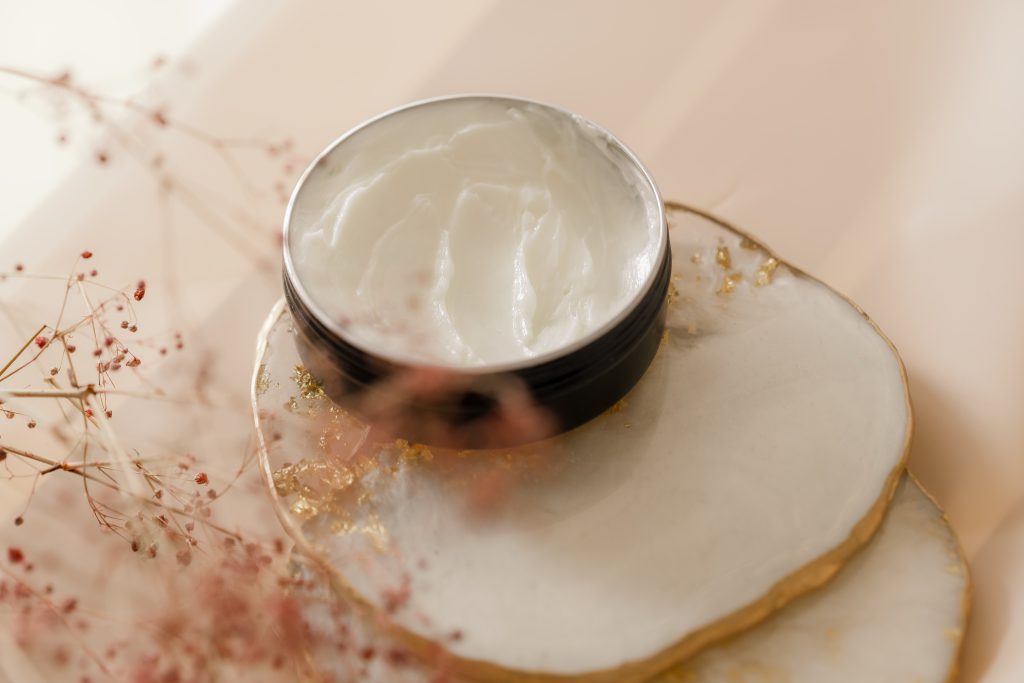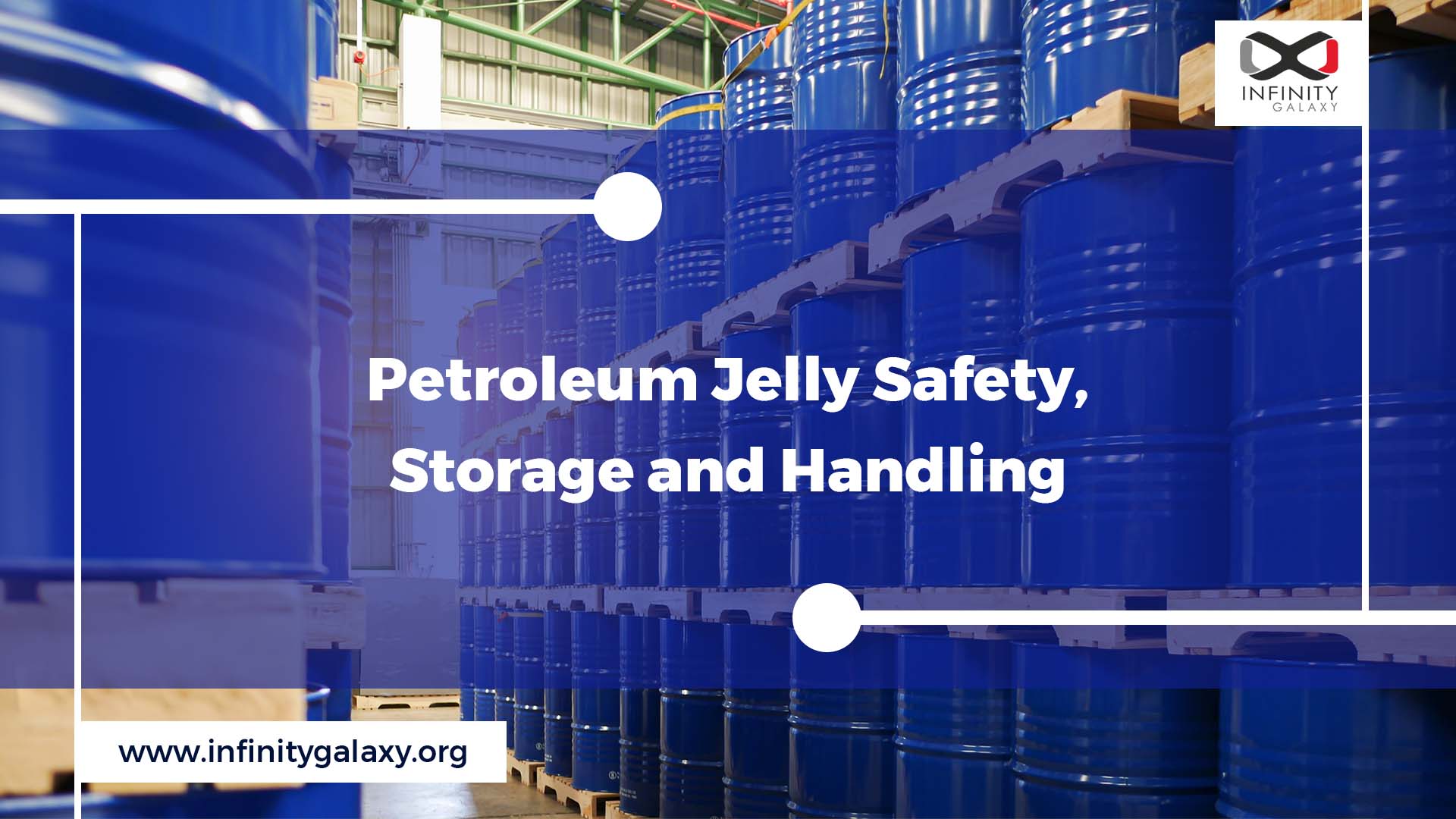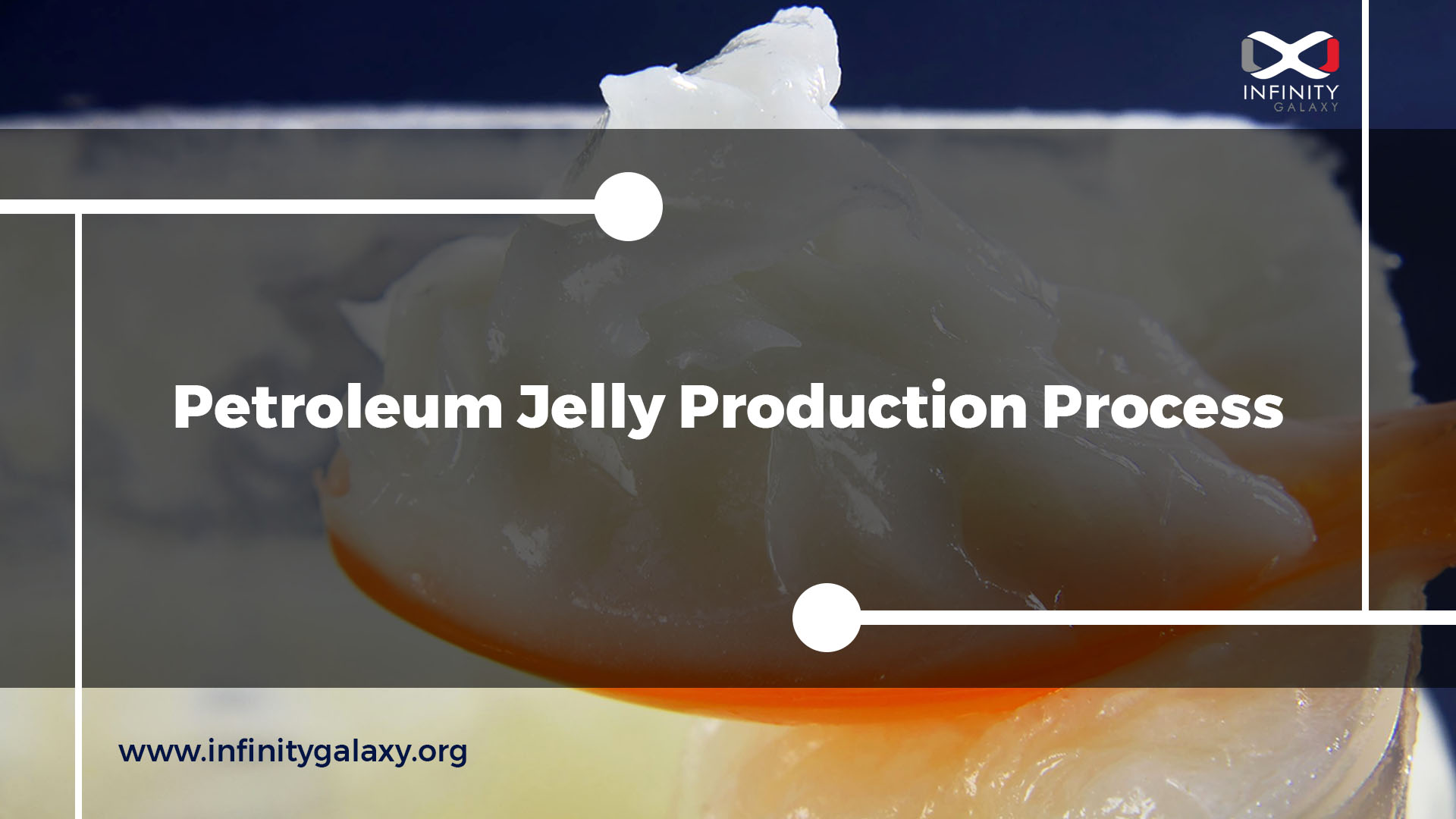Petroleum jelly properties have a major role in selecting this product for industrial, cosmetic, or medical applications.
Understanding the petroleum jelly properties will help you clear up any doubts or concerns you may have about using it.
One of the determining properties of petroleum jelly is its color and purity.
In the following, we will learn about the most important physical and chemical properties of petroleum jelly.
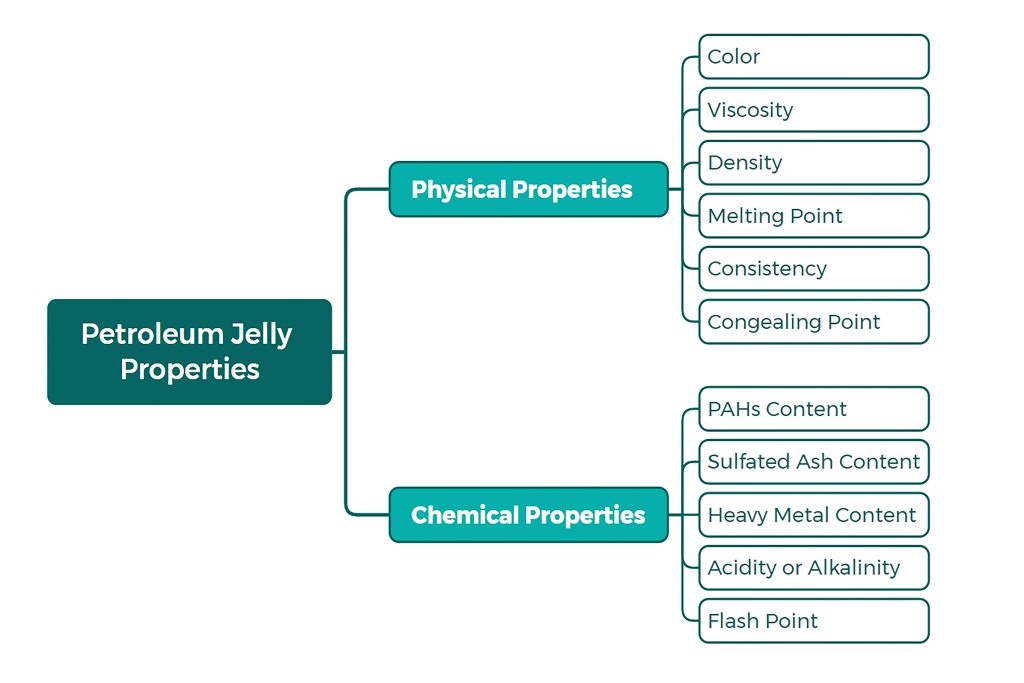
Physical Properties of Petroleum Jelly
Petroleum Jelly Color
The color of petroleum jelly may be light yellow or white. White petroleum jelly has a higher quality compared to yellow petroleum jelly due to its lower impurity content.
Petroleum jelly is produced using a combination of paraffin wax and mineral base oils. The higher grades of mineral base oils have more purification steps and a brighter color. The use of these base oils in the production process of petroleum jelly makes its color whiter.
In general, white petroleum jelly is used in medicine and cosmetics, while yellow petroleum jelly is used in industries.
Petroleum Jelly Viscosity
The viscosity of petroleum jelly shows its resistance to flow. As the viscosity of petroleum jelly increases, its ability to be spread on the skin or other surfaces decreases.
In the specifications table of petroleum jelly, the viscosity is given as kinematic viscosity and with the centistoke (cst) unit at 100 °C. The petroleum jelly viscosity is generally in the range of 5.5 – 10 cst at this temperature.
Petroleum Jelly Density
Density is the weight of a substance at a specific volume. The density of petroleum jelly is approximately in the range of 0.82 to 0.86 g/ml. This means that each milliliter of petroleum jelly weighs between 0.82 and 0.86 grams.
Petroleum Jelly Consistency or Penetration
The consistency or penetration level of petroleum jelly indicates how soft or hard it is. The penetrometer can be used to measure this property, and the results should be given in the desi-millimeter (d-mm).
If you’re interested in learning about the methods used to measure petroleum jelly properties, read the vaseline petroleum jelly tests article.
Petroleum Jelly Congealing Point
The congealing point of petroleum jelly is the highest temperature at which it starts to solidify from a liquid state.
The congealing point is slightly different from the freezing point. At congealing point temperature the petroleum jelly is not completely hard.
Petroleum Jelly Melting Point
Petroleum jelly is semi-solid at room temperature and has a relatively low melting point. It typically ranges between 37 °C and 40 °C (98.6 and 104 °F), which is around the average human body temperature.
This low melting point of petroleum jelly is one of the reasons why it spreads easily on the skin and has a softening effect.
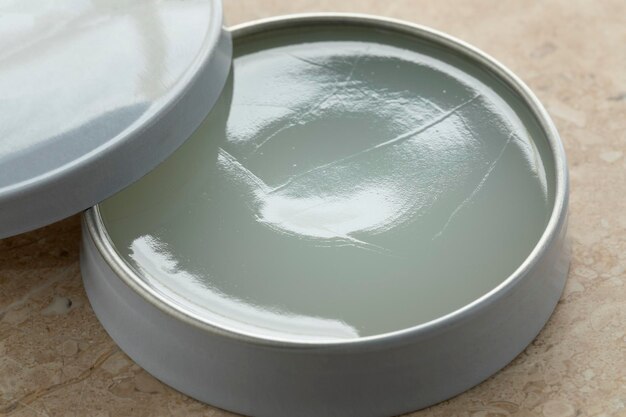
Petroleum Jelly Freezing Point
There is no exact value for the petroleum jelly freezing point.
It can be used for sealing and lubricating the inside of freezers. So it typically remains in a semi-solid state at low temperatures.
However, petroleum jelly freezes at extremely low temperatures, like other substances. But there is no reliable information about the freezing point of petroleum jelly.
Do you know the various uses of vaseline? Click to learn more than 20 interesting uses of petroleum jelly.
Chemical Properties of Petroleum Jelly
Polycyclic Aromatic Hydrocarbons (PAHs) Content of Petroleum Jelly
Polycyclic aromatic hydrocarbons (PAHs) are a group of organic molecules that have a structure with carbon atom rings. Many PAHs are considered environmental pollutants and could be harmful to health.
Some PAHs have been classified as carcinogenic, meaning they have the potential to cause cancer in humans.
In the BP(British Pharmacopoeia) tests ,the amount of PAHs in petroleum jelly should be less than 300 ppm.
Sulfated Ash Content of Petroleum Jelly
Sulfated ash shows the amount of non-volatile and inorganic impurities in petroleum jelly like sulfates and nitrates .
Its measurement tests are determined by BP, in which a sample of petroleum jelly is ignited in the presence of sulfuric acid and its residues are measured.
Heavy Metal Content of Petroleum Jelly
Heavy metals like lead, arsenic, and cadmium are harmful to human health, especially when absorbed through the skin.
Heavy metals can cause a variety of skin problems, including skin irritation, changes in skin color, speeding up aging, neurological problems, and cancer.
According to the BP standard, the amount of heavy metals in petroleum jelly should be less than 10–20 ppm.
Acidity or Alkalinity of Petroleum Jelly
Acidity and alkalinity are measured on the pH scale, which ranges from 0 to 14. A pH value below 7 is acidic, while a pH value above 7 is alkaline. In general, an increase in acidity or alkalinity increases the reactivity of the material.
The acidity and alkalinity of petroleum jelly are checked by the BP standard method. The pH of petroleum jelly should be around 7. In this case, petroleum jelly is neutral, and as a result, it’s safe for use on any skin type.
Flash Point of Petroleum Jelly
The flash point is the lowest temperature at which petroleum jelly (or any other petroleum product) creates flammable vapors. Materials with a lower flash point are easier to ignite.
Petroleum jelly is not very volatile, which means it has a high flash point (~200 °C) and does not fire simply. Knowing the flash point is necessary to guarantee safety during maintenance, storage, and transportation.
If you are worried about petroleum jelly dangers, check out the safety and storage recommendations here.
We hope this article has answered all your questions about petroleum jelly properties. Use the comment box to share your thoughts or ask questions.




